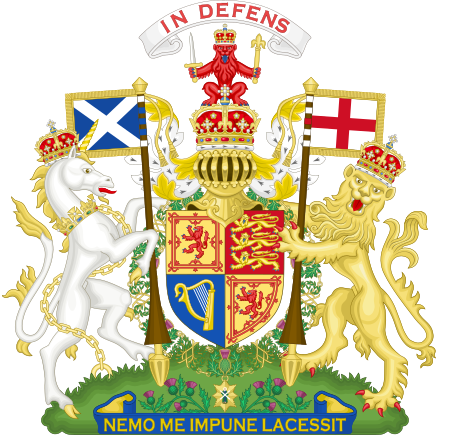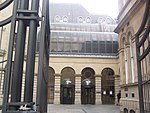Sheriff Personal Injury Court

The Sheriff Personal Injury Court is a Scottish court with exclusive competence over claims relating to personal injury where the case is for a work-related accident claim in excess of £1,000, where the total amount claimed is in excess of £5,000, or where a sheriff in a local sheriff court remits proceedings to the Personal Injury Court. It has concurrent jurisdiction with the Court of Session for all claims in excess of £100,000, and concurrent jurisdiction with the local sheriff courts for personal injury claims within its competence. The choice of using a local sheriff court or the Personal Injury Court is left to the pursuer. However, if the sheriff believes the case is a complex one, requiring specialist expertise, then it can be remitted to the Personal Injury Court. The Sheriff Personal Injury Court was established on 22 September 2015 by The All-Scotland Sheriff Court (Sheriff Personal Injury Court) Order 2015. The power to establish specialist, all-Scotland courts is derived from the Courts Reform (Scotland) Act 2014.
Excerpt from the Wikipedia article Sheriff Personal Injury Court (License: CC BY-SA 3.0, Authors, Images).Sheriff Personal Injury Court
Chambers Street, City of Edinburgh Old Town
Geographical coordinates (GPS) Address Phone number Website Nearby Places Show on map
Geographical coordinates (GPS)
| Latitude | Longitude |
|---|---|
| N 55.9479192 ° | E -3.1907488 ° |
Address
Edinburgh Sheriff Court & Justice of the Peace Court (Edinburgh Sheriff Court;Edinburgh Sheriff Court and Justice of the Peace Court;Justice of the Peace Court)
Chambers Street 27
EH1 1LB City of Edinburgh, Old Town
Scotland, United Kingdom
Open on Google Maps








